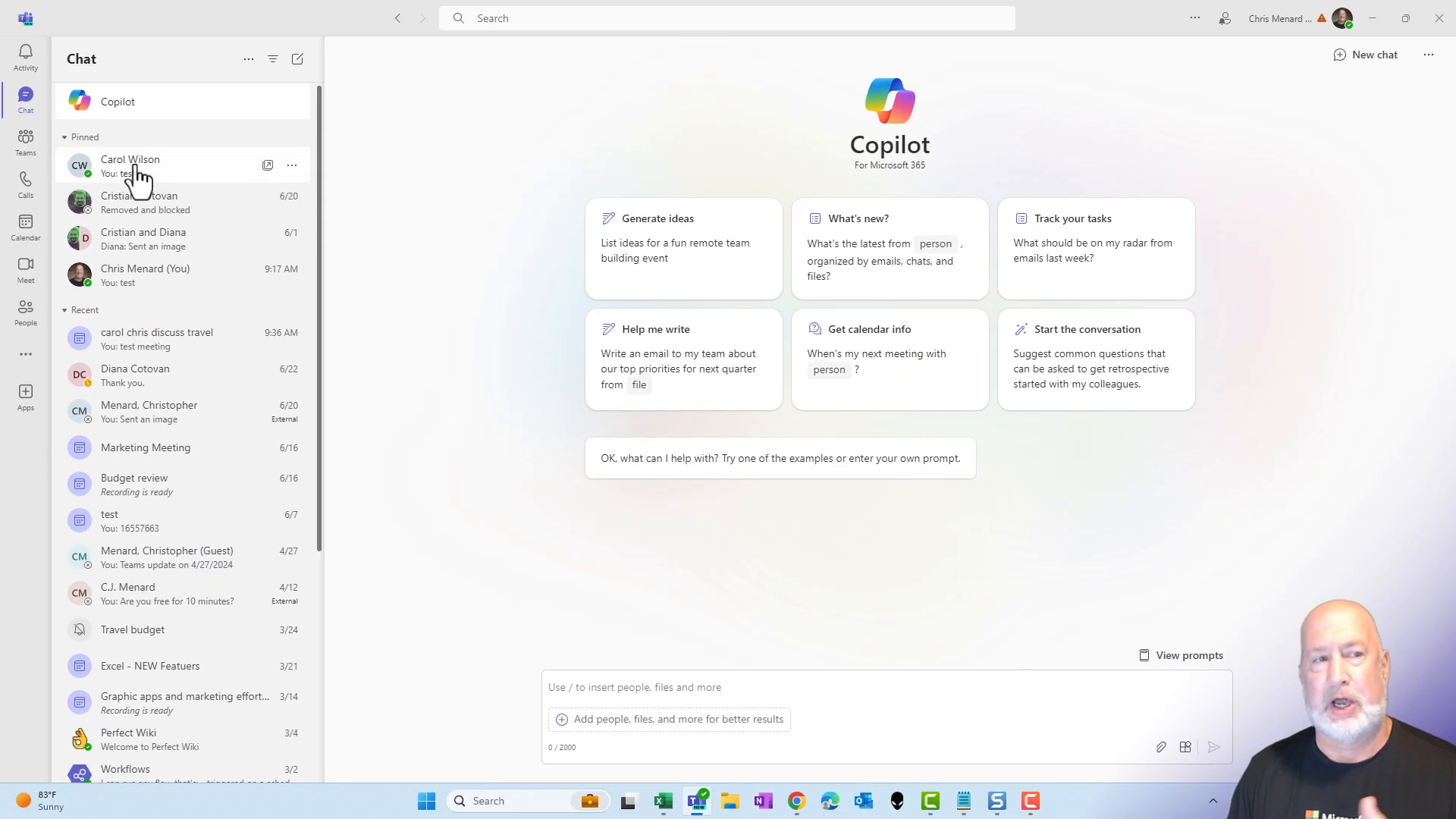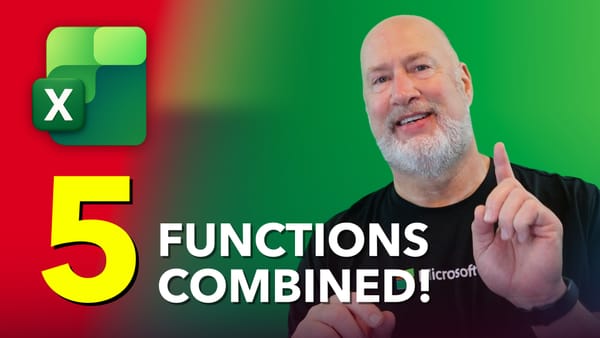Teams Calls vs. Meetings: What is the Difference?

Understanding the distinction between a Teams call and a Teams meeting is crucial for effective communication within an organization. Both have unique features and functionalities that cater to different needs. Let’s dive into the specifics of Teams calls and meetings.
Teams calls are typically one-on-one interactions. They can be either audio or video calls. When you engage in a call, it shows up in your call history. This is especially useful for tracking conversations and maintaining a log of your communications.

Calls App in Teams
The Calls App in Teams allows you to
1. Dial Internal users 2. Dial External people (you will have a Dial Pad if you have this service. 3. See History and Filter History 4. Add contacts to Speed Dial

**Calls App in Teams**
Chat Integration
Chats during calls are integrated into your one-on-one chat history. Anything typed during the call appears in the chat history, ensuring continuity.
Limitations of Teams Calls
There are certain limitations to Teams calls. For instance, you can't record or transcribe a call. Additionally, there is no option for meeting info or help features within a call. The organizer also lacks the ability to end the call for all participants.

YouTube Video - Teams Calls vs. Meetings
Meetings vs. Calls in Teams: What is the difference? - YouTube
Initiating a Teams Call
To initiate a call, select a contact from your chat list. Whether you choose a video call or an audio call, it will be logged as a call. For example, selecting Carol Wilson for a call allows you to see the call history in your log. You can also initiate a call from the Calls App in Teams. Use the Calls app if you don't care about chatting, and just want to make a call.

Exploring Teams Meetings
Teams meetings are designed for group interactions. They offer advanced features and greater flexibility compared to calls. Meetings can be scheduled or initiated immediately using the 'Meet Now' feature.

Scheduling a Meeting
Meetings can be scheduled via the Calendar in Teams or Outlook. Scheduled meetings are clearly marked and can be customized with specific titles for easy searchability.
Advanced Meeting Features
Teams meetings come with several advanced features. You can record and transcribe meetings, which is particularly useful for later review. Additionally, meeting chats are separate from one-on-one chats, ensuring clarity.

Organizer Controls
The meeting organizer has additional controls, such as ending the meeting for all participants. This feature is not available in calls, highlighting a key difference between the two.
Additional Features in Teams Meetings
Teams meetings offer several unique features not available in calls. These features enhance collaboration and productivity during meetings.
Breakout Rooms
Breakout rooms allow for smaller group discussions within a larger meeting. This feature is particularly useful for workshops and training sessions.
Polling
Polling is another feature exclusive to meetings. It enables real-time feedback and decision-making during the meeting, making the process more interactive and engaging.
CoPilot
If you have Copilot, you can get a sumary of your meeting.
YouTube Video - Adding Images to Polls
Microsoft Teams - Add images to poll questions - December 2022 feature - YouTube
YouTube Video - 90,000 Records: Testing Copilot's Abilities in Excel
90,000 Records: Testing Copilot's Abilities in Excel - YouTube
Attendance Reports
Attendance reports provide a log of participants, which is useful for tracking engagement and participation in meetings. This feature is not available in calls. Attendance Reports are available to the meeting **Organizer**.

Conclusion
Understanding the differences between Teams calls and meetings is essential for utilizing Microsoft Teams effectively. Calls are ideal for one-on-one interactions, while meetings are better suited for group discussions and collaborations. By leveraging the unique features of each, you can enhance your productivity and communication within your organization.





